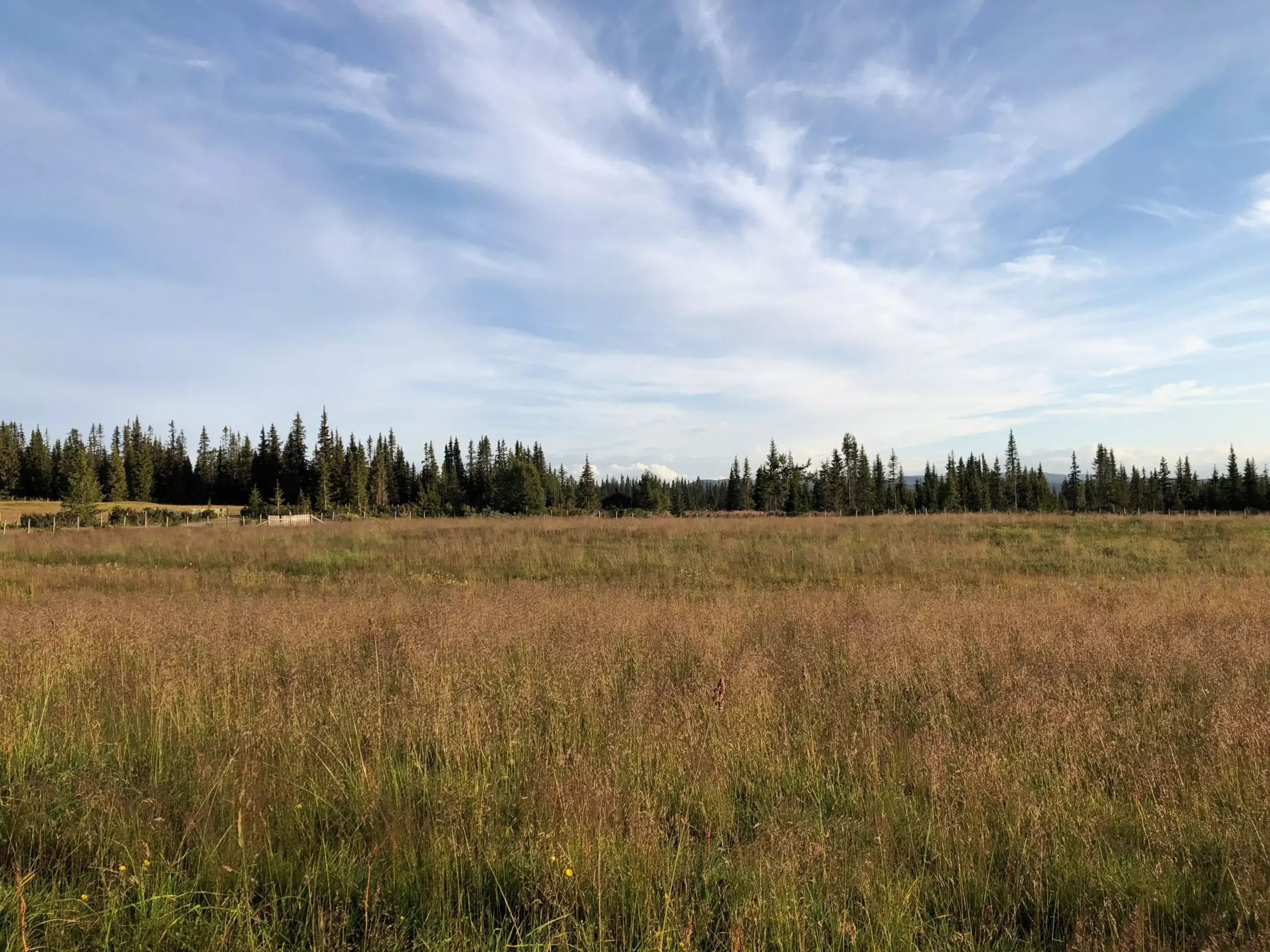The landscape of global agriculture is undergoing significant changes triggered by climate change, particularly as regions once deemed unsuitable for food production become more viable. A recent study conducted by researchers at the University of Cambridge highlights a critical issue: the areas suitable for growing food and timber are increasingly competing for limited land resources. This article delves into the implications of these findings, exploring how climate change will demand innovative solutions to balance the growing needs of both sectors.
As the planet continues to warm, agricultural conditions are becoming favorable in regions traditionally suited for timber production. For instance, vineyards are flourishing in parts of Britain, but this success story comes at a cost. The study indicates that the northward shift of suitable agricultural land will exert considerable pressure on existing forests. The competition for these vital resources necessitates a reevaluation of land use and resource management strategies.
The researchers underscore a dire forecast, particularly under worst-case climate scenarios. By the end of the century, an astonishing 320 million hectares of forest—an area comparable to India—could transition to agricultural land. This shift predominantly affects regions in the northern hemisphere, where current timber production is concentrated, namely the US, Canada, China, and Russia. The evidence indicates that over 90% of the forestry land slated for agricultural conversion is located in these countries, revealing a concerning trend that could reshape the global food and timber landscape.
Russia will experience the most significant transformation, where tens of millions of hectares deemed suitable for crops like potatoes, soy, and wheat will threaten the already established timber resources. As Dr. Oscar Morton of the University of Cambridge eloquently states, the pressure on timber production will intensify as agriculture moves into these newly viable areas, highlighting the critical nature of future land-use decisions.
With global food demand projected to double by 2050, driven by population growth and increased affluence, competition for land will only escalate. Simultaneously, the demand for wood—a key low-carbon alternative to concrete and steel in construction—is also forecasted to double. This dual increase underscores the urgency of balancing agricultural practices with sustainable timber production.
However, shifting timber production deeper into boreal or tropical forests is fraught with environmental risks, including biodiversity loss and massive carbon emissions resulting from logging pristine forests. As noted by David Edwards, a professor of plant ecology at the University of Cambridge, the competition for land may push wood production into these ecological sensitive areas, potentially dismantling some of the last remaining wild habitats.
The implications of this research are far-reaching, as the competition for land between food and timber production threatens to create a “perfect storm” of environmental challenges. Current trends indicate that climate change is already wreaking havoc on timber forests due to increased heat waves, pests, and the spreading of wildfires. These factors are likely to compound the issues brought on by the burgeoning agricultural demands.
Dr. Chris Bousfield, co-leader of the study, emphasizes the need to adopt a forward-thinking perspective concerning timber supply. He warns that while securing food may seem like the more immediate concern, the integral nature of wood in daily life makes its sustainability equally paramount. The trees that will provide timber resources by 2100 are currently young and unharvested; therefore, proactive measures are essential now to ensure a reliable supply in the future.
As both food and wood demands soar, the need for strategic planning becomes increasingly critical. Forest management policies must evolve to account for the simultaneous need for agricultural production without undermining the sustainability of timber resources. Collaborative efforts between policymakers, scientists, and industry leaders must be initiated to develop and implement adaptive strategies that secure both food and wood supplies in an era defined by climate change.
To conclude, the findings from the University of Cambridge study serve as a wake-up call. Our future hinges on the delicate balance between crop and timber production, calling for immediate action to address these emerging challenges. By advocating for innovative land management solutions and sustainable practices, we can work toward a future where both food security and timber availability coexist harmoniously in a changing climate.


Leave a Reply